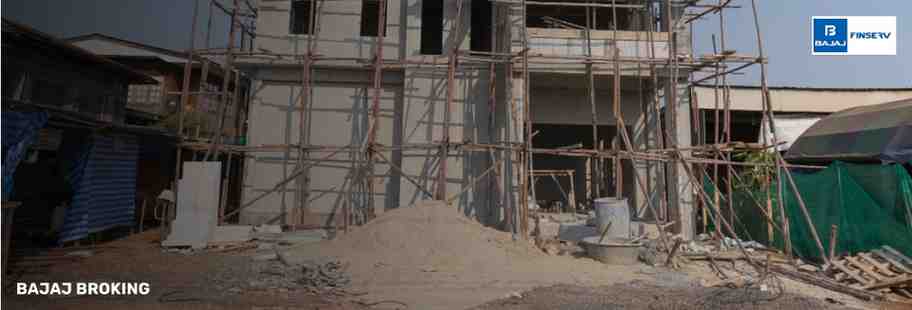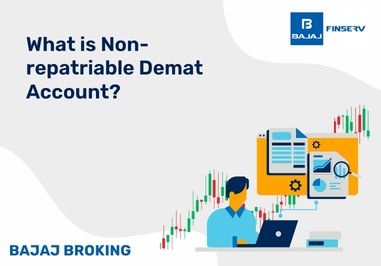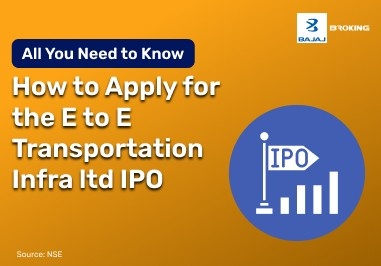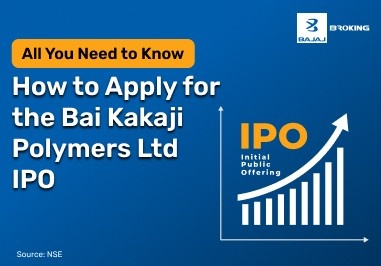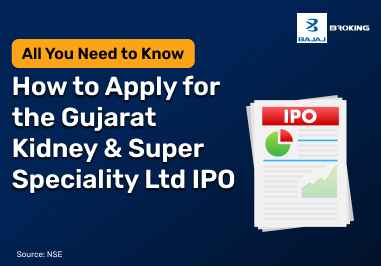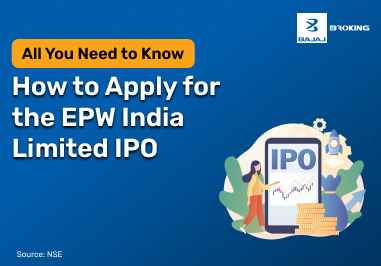The Pradhan Mantri Awaas Yojana Gramin (PMAYG) is a flagship housing scheme launched by the Government of India. It aims to provide affordable and quality housing to the rural poor. Introduced in 2016, this programme replaced the previous Indira Awaas Yojana and is implemented by the Ministry of Rural Development.
The scheme is designed to ensure that everyone residing in rural areas, particularly those from economically weaker sections, has access to a safe and permanent house. With its inclusive framework, PMAYG plays a significant role in improving rural living standards and promoting social welfare.
Purpose of the PMAYG Scheme
The primary objective of the PMAYG scheme is to address the housing needs of rural India by offering financial assistance to eligible households. The intent is to ensure “Housing for All” by the set target years under different phases of implementation.
Key purposes include:
Reducing homelessness in rural regions
Replacing kutcha (temporary) houses with pucca (permanent) houses
Providing basic amenities such as sanitation, electricity, and clean drinking water in new homes
Empowering marginalised communities through asset creation
Improving the overall quality of rural infrastructure and living conditions
The scheme reflects the government’s commitment to promoting inclusive growth and social equity by improving housing access for the underprivileged in rural India.
Key Features of the PMAYG Scheme
The Pradhan Mantri Awas Yojana Gramin scheme is characterised by several important features that make it a comprehensive and inclusive rural housing initiative. These are:
Financial Assistance: Beneficiaries receive up to ₹1.2 lakh in plain areas and ₹1.3 lakh in hilly, difficult, or Integrated Action Plan (IAP) regions for constructing a pucca house.
Minimum House Size: The minimum carpet area of the house under PMAYG is 25 square metres, which includes a dedicated area for hygienic cooking.
Selection of Beneficiaries: Beneficiaries are identified using the Socio-Economic and Caste Census (SECC) 2011 data, verified by the Gram Sabha.
Payments through DBT: All financial assistance is transferred directly to the beneficiary’s bank account via the Direct Benefit Transfer (DBT) system.
Eco-Friendly Construction: The scheme encourages the use of sustainable and disaster-resilient housing materials and local construction techniques.
Support for Convergence: PMAYG ensures convergence with other government schemes, such as:
Swachh Bharat Mission (SBM) for toilets
Saubhagya Yojana for electricity connections
Ujjwala Yojana for LPG connections
MGNREGA for wage employment support during construction
This convergence model aims to provide not just a house but a liveable and sustainable home.
How to Apply for PMAYG?
Individuals interested in applying for Pradhan Mantri Awas Yojana can follow a structured process either online or through their local authorities. Below is a step-by-step guide to the application process:
Application Process:
Verification of Eligibility:
Contact Local Officials:
Submission of Documents:
Technical Sanction:
Fund Disbursement:
Documents Required:
Assistance is available at the Gram Panchayat level for filling out and submitting the application form.
Advantages of the PMAYG Scheme
The PMAYG scheme brings multiple benefits to rural households, extending beyond just financial support for house construction.
Key Benefits:
Safe Housing: Replacement of vulnerable kutcha houses with disaster-resilient pucca structures.
Dignity and Security: Ownership of a house contributes to the beneficiary’s social status and personal security.
Inclusive Targeting: Focus on SC/STs, minorities, and other disadvantaged groups ensures social equity.
Women Empowerment: Houses are often registered in the name of the female member or jointly, promoting gender inclusion.
Employment Generation: MGNREGA linkages provide wage employment during construction, supporting local labour.
Sanitation and Utilities: Integration with other schemes helps provide toilets, electricity, water, and LPG connections.
These advantages contribute towards improving rural living standards and reducing poverty.
Who Can Avail PMAYG?
The eligibility criteria for Pradhan Mantri Awaas Yojana Gramin are clearly defined to ensure the scheme reaches those most in need. Beneficiaries are selected based on deprivation parameters from SECC 2011.
Eligible Categories:
Households with no adult members aged 18–59
Households with only one room with kutcha walls and roof
Households without a literate adult above 25 years
Households without a male adult aged 16–59
Landless households relying on manual labour
Families with a disabled member and no other able-bodied adult
SC/ST, minorities, and other vulnerable groups
Additional Criteria:
Exclusion criteria include government employees, individuals paying income tax, and those owning motorised vehicles or durable goods beyond certain limits (as defined under SECC parameters).
Documents Needed for PMAYG Application
To complete the application process successfully for the Pradhan Mantri Awaas Yojana Gramin, applicants are required to submit certain supporting documents. These are essential for identity verification and eligibility confirmation.
Document Type
| Examples/Notes
|
Identity Proof
| Aadhaar card, Voter ID, PAN card
|
Address Proof
| Ration card, utility bill, Aadhaar card
|
Bank Account Details
| Copy of passbook with IFSC code
|
Income Proof
| Income certificate from local authority
|
Job Card (if any)
| MNREGA job card (for convergence benefits)
|
Land Records
| Ownership proof or NOC if land is shared
|
Photograph
| Recent passport-sized photographs
|
The availability and accuracy of these documents facilitate faster processing and fund disbursement.
How to View Your Name in the PMAYG Beneficiary List?
Once applications are processed, beneficiaries can verify if their names are included in the PMAYG list.
Steps to Check the List:
Visit the official PMAYG website: https://pmayg.nic.in
Click on the “Stakeholders” tab and select “IAY/PMAYG Beneficiary”.
Enter your Registration Number.
If you do not have the registration number, use the “Advanced Search” option.
Enter required details such as State, District, Block, and Panchayat.
The list will display names and statuses of eligible beneficiaries.
Information is updated regularly by the Ministry of Rural Development. Beneficiaries are also informed via local Gram Panchayats.
How to Check PMAYG Application Status?
Applicants can monitor the status of their PMAYG application online. This ensures transparency and allows them to stay informed throughout the process.
Steps to Check Status:
Visit https://pmayg.nic.in.
Click on “Stakeholders” and select “IAY/PMAYG Beneficiary”.
Enter your PMAYG Registration Number.
Click “Submit” to view the application status.
Status Indicators:
Sanctioned: Application approved and house construction sanctioned.
Fund Released: First or subsequent instalments disbursed.
Under Construction: House construction in progress.
Completed: House construction finished.
Beneficiaries can also approach the Gram Panchayat or the block development office for offline assistance.
Conclusion
The Pradhan Mantri Awaas Yojana Gramin (PMAYG) represents a significant step towards ensuring rural housing equity in India. By focusing on economically and socially disadvantaged sections, the scheme aims to provide not only shelter but also a safe and dignified living environment.
With well-defined eligibility criteria, financial assistance, and integration with other welfare schemes, PMAYG provides a structured approach to rural development. Access to information through digital tools and support from local authorities further strengthens its implementation.
Explore More Government Schemes-
Post Office Saving Schemes
Pradhan Mantri Jan Dhan Yojana
Pradhan Mantri Kisan Samman Nidhi
How Indian Women Can Benefit from Government Schemes
Continued efforts in awareness, transparency, and convergence can help the scheme achieve its broader social impact goals in the years to come.
